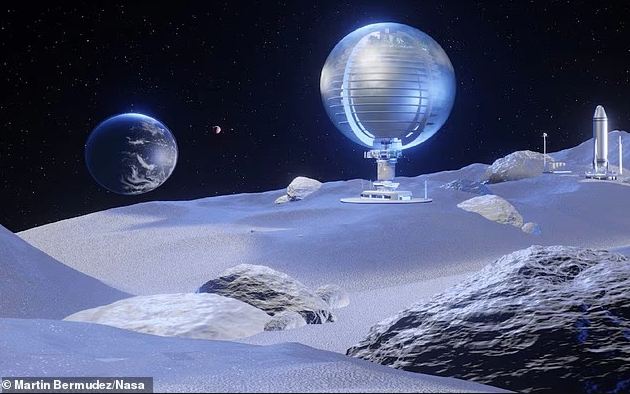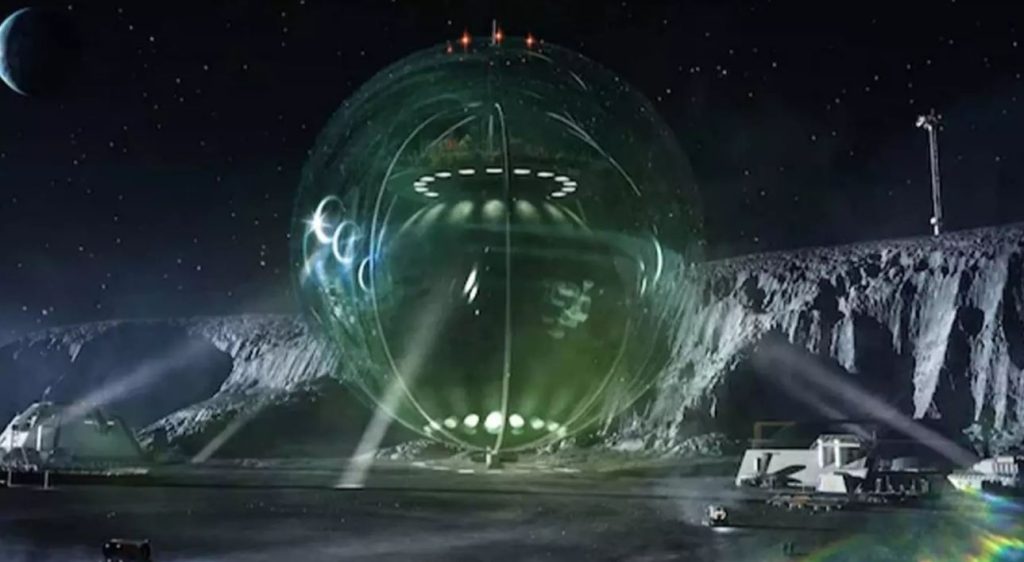NASA is aiming to achieve a bold milestone: having people live on the Moon by the end of this decade. As part of its renewed push into lunar exploration, the agency is working to develop habitats, transportation systems, and the infrastructure necessary for sustained human presence beyond Earth orbit.
Vision for Long-Term Presence
According to officials involved in the Artemis program and the Orion spacecraft effort, the goal is not just to land astronauts on the Moon, but to enable them to stay for extended missions. These plans include constructing modules and mobile vehicles to support life on the lunar surface. The duration of stays could vary depending on mission design, but scientists envision crews living, working, and conducting experiments in lunar habitats. This effort builds on earlier efforts to return humans to the Moon after decades. The Artemis missions are intended to lay the groundwork for deeper space exploration, including eventual missions to Mars. The Moon is viewed as a testing ground—a place to refine the technologies and strategies needed for long-range human spaceflight.

Technical and Logistical Challenges
Turning this vision into reality requires overcoming major technical hurdles. First, sustaining life on the Moon demands reliable supplies of air, water, and food. Some strategies involve extracting water ice from lunar regolith and converting it to fuel or life support materials. Particular interest lies near the Moon’s south pole, where ice deposits may be more plentiful. Radiation, extreme temperature swings, and micrometeorite impacts also present hazards to lunar residents. Habitat design must ensure robust shielding and thermal regulation, as well as redundancy in power and life‑support systems. Achieving safe and efficient landing and take‑off procedures remains central, especially as the goal shifts toward reusable systems. Another element is mobility: rovers or small vehicles will help lunar occupants travel across the surface for exploration, maintenance, or scientific tasks. These vehicles also must navigate the Moon’s low gravity and dust-laden environment.
Phased Approach and Infrastructure
The path toward lunar livability is expected to proceed in phases. Early missions will test shorter-duration surface stays, validate key systems, and build initial outposts. Over time, temporary modules will evolve into more permanent bases with larger capacities. An orbital station called the Gateway may serve as a staging and logistical hub, facilitating transfers between lunar orbit and surface modules. International and commercial partnerships are also part of the plan. NASA expects collaboration with other space agencies and private firms to supply modules, communications systems, and logistical support. These partnerships could reduce costs and accelerate development. The overall timeline suggests that a sustainable human presence could begin by the late 2020s. That window depends on budgetary commitments, technical successes, and careful coordination across multiple missions.
Scientific Payoffs and Broader Goals
Permanent Moon habitation offers both scientific and strategic rewards. On the scientific front, lunar research would deepen our understanding of planetary formation, solar systems, and space environment effects on biology. The Moon’s surface also provides an excellent platform for telescopes and observatories shielded from Earth’s atmosphere. Strategically, mastering sustainable life beyond Earth is a critical stepping stone toward Mars and beyond. The Moon can help validate technologies and human operations in a relatively accessible environment. Lessons learned there will inform future deep space missions. Also, creating a functioning human community on the Moon could spur innovation in resource utilization, habitat engineering, and life support—technologies that might benefit Earth as well.
Looking Ahead: A New Era for Human Spaceflight
If all goes as planned, humans living on the Moon will no longer be science fiction but a milestone of 21st-century space exploration. The next few missions will prove whether NASA and its partners can deliver on this ambitious goal. As prototypes evolve into permanent modules, and short missions turn into sustained lunar residency, the boundaries between exploration and settlement may blur.

Conclusion
By the decade’s end, astronauts and scientists could be living and working on lunar soil—not as visitors, but as pioneers. The implications for humanity’s presence in space are vast: if we succeed on the Moon, the path to Mars, and beyond, becomes more tangible than ever.

















